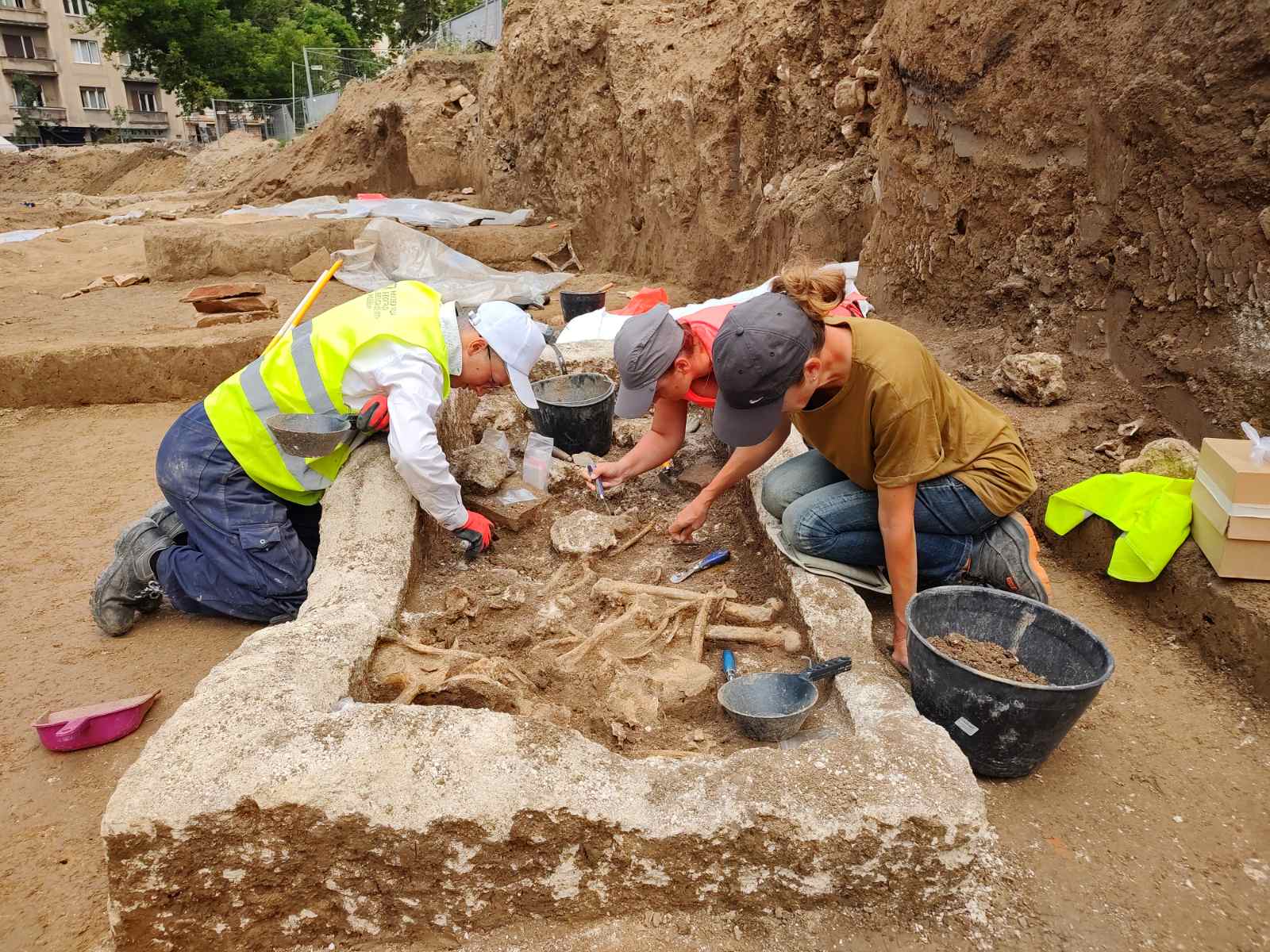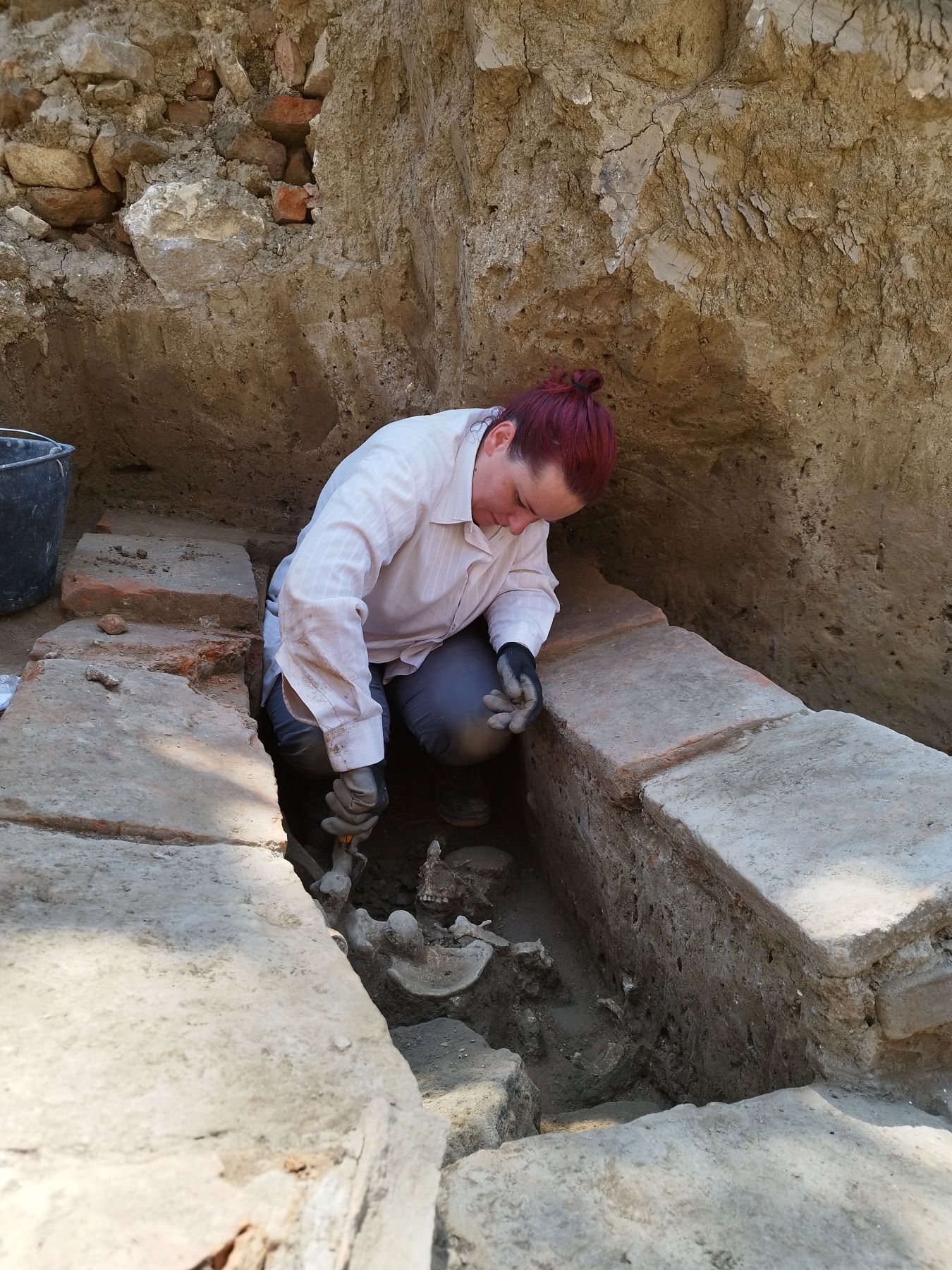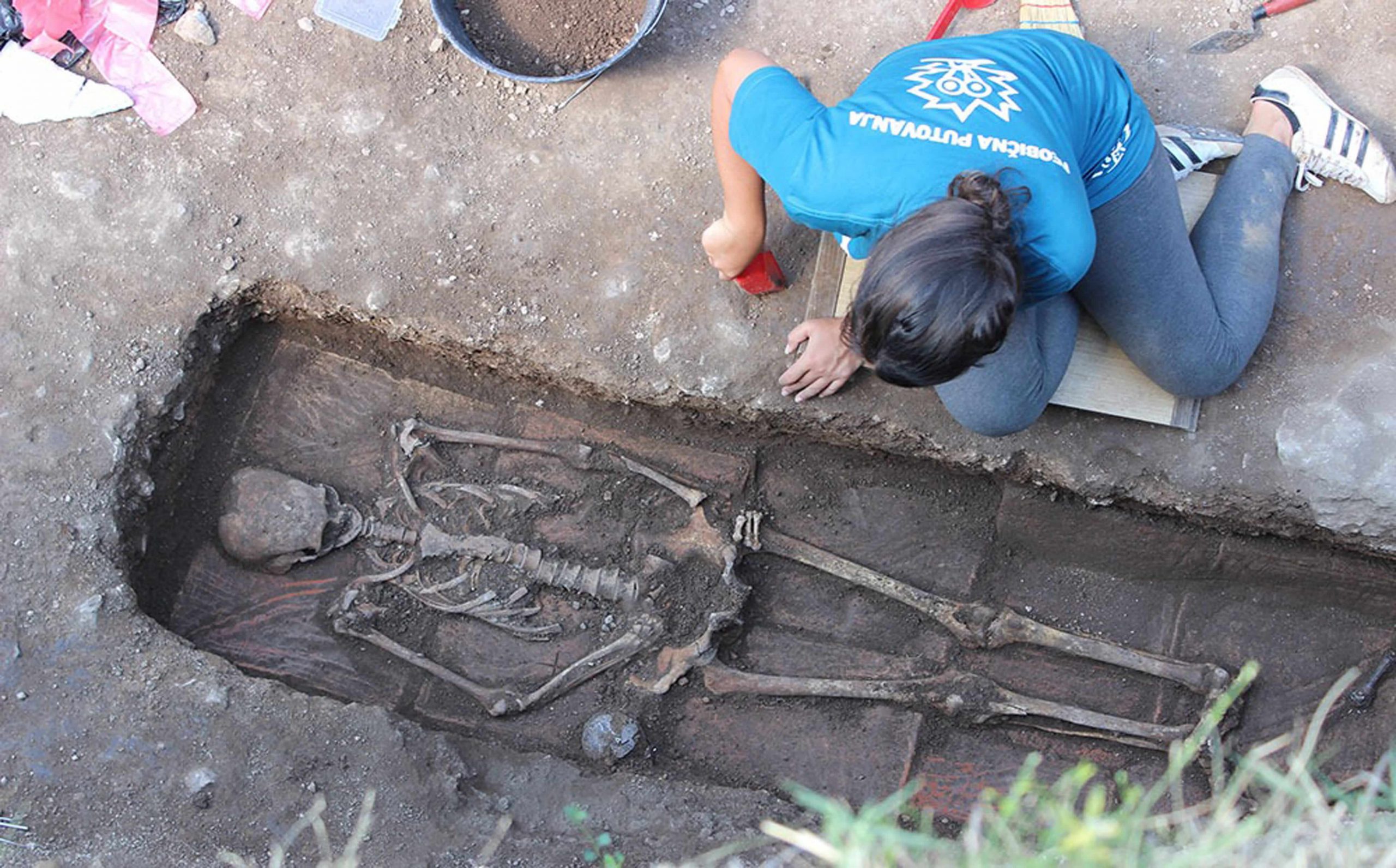Fieldwork
During the past two decades we have been involved in exhumation and anthropological analysis of the skeletal remains in several mass graves: Kiževak (2021), Rudnica (2014), Fiat-Kragujevac (2012), Oplenac (2006). Batajnica (2000-2003), Perućac (2001), Glođane (1998). Laboratory took part in investigation of some individual graves or groups of skeletons from specific forensic context: Draža Mihailović case, Višnjička Banja assemblage, and numerous cases accidentally recovered during construction works in Belgrade.
Bioanthropological experts have been involved as a part of the research team on the archaeological excavations at medieval site of Omoljica (first campaign 2008), the Late Antiquity Remesiana-East cemetery (2018-current), and the neolithic site of Donja Branjevina (2020-current). Moreover, members of the Centre of Bone Biology were part of the archaeological excavations near the Belgrade parliament building (2023-current). During the excavations, the remains of a second- to third-century Roman aqueduct were discovered, about 60 m in length. In addition to this important national archaeological discovery, at least 15 graves (including tombs), dating to the Roman period have been discovered. The grave constructions differ, ranging from simply dug graves to brick-built tombs and stone sarcophagi. Most of the graves were plundered in ancient times. The bioanthropological analyses of the discovered skeletal remains will be conducted in the Centre of Bone Biology.









